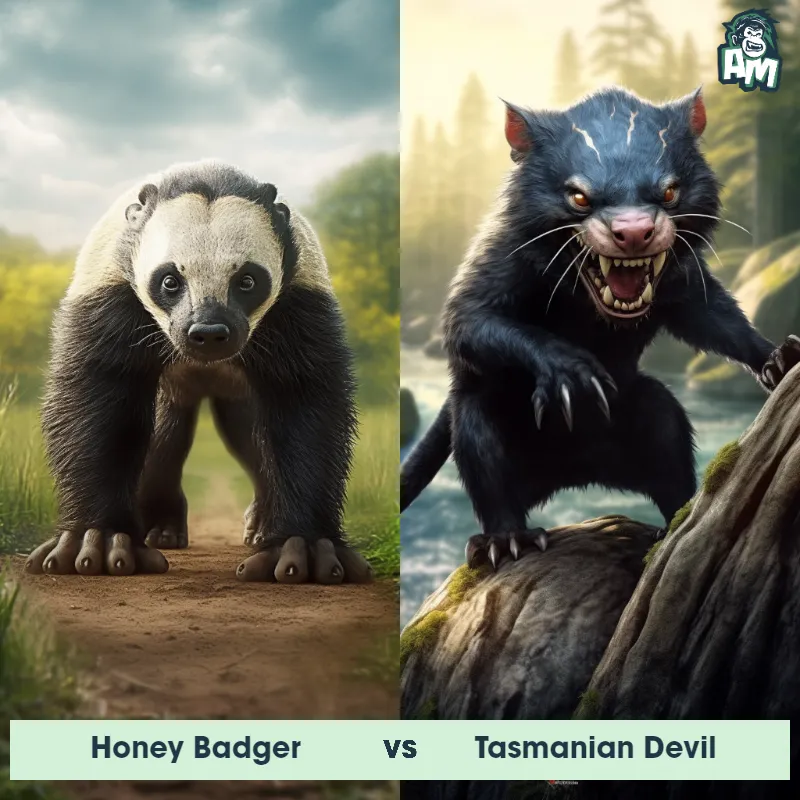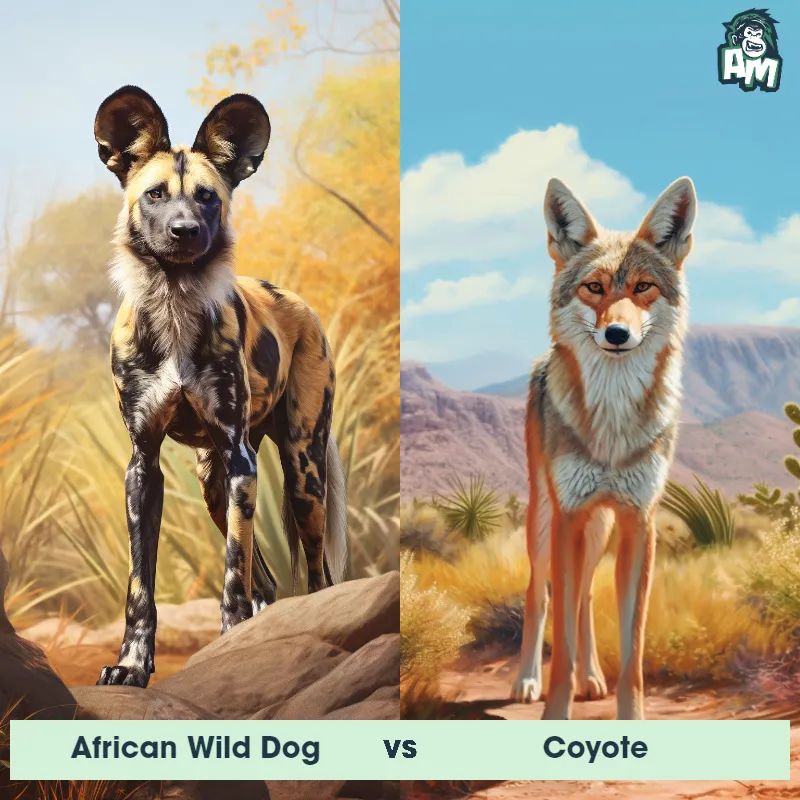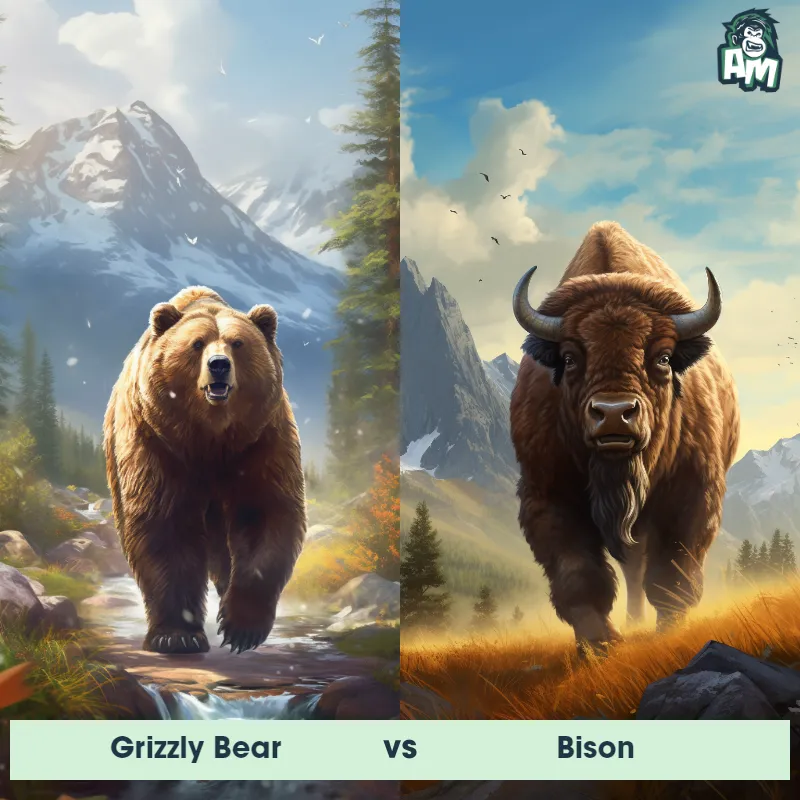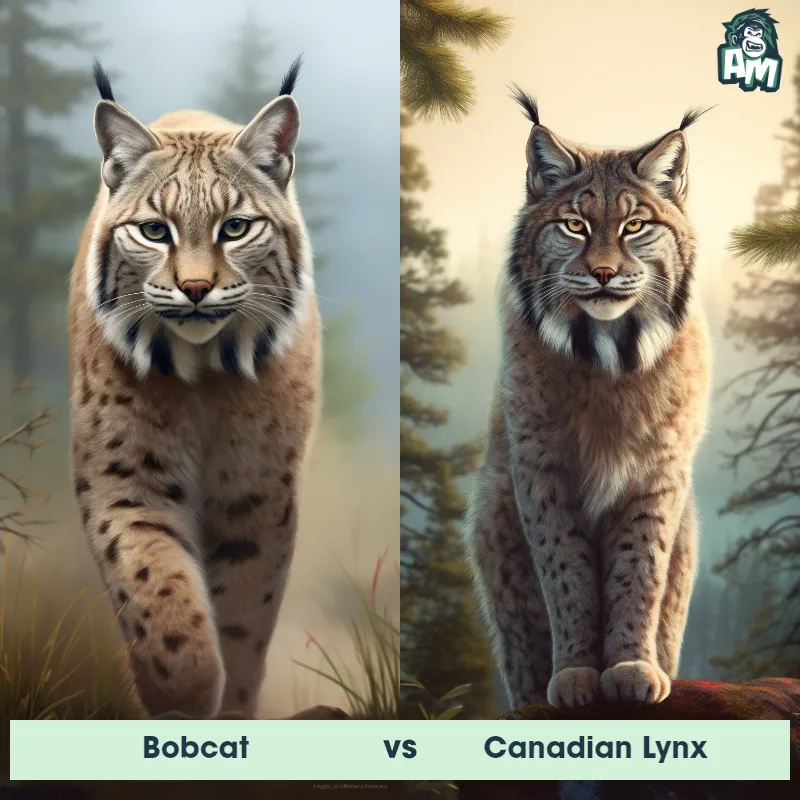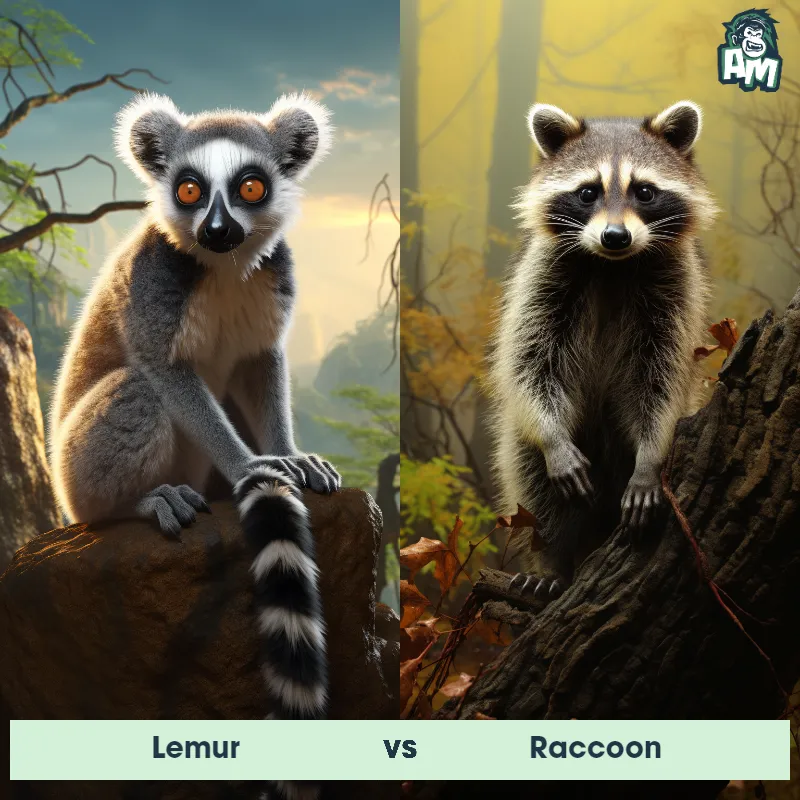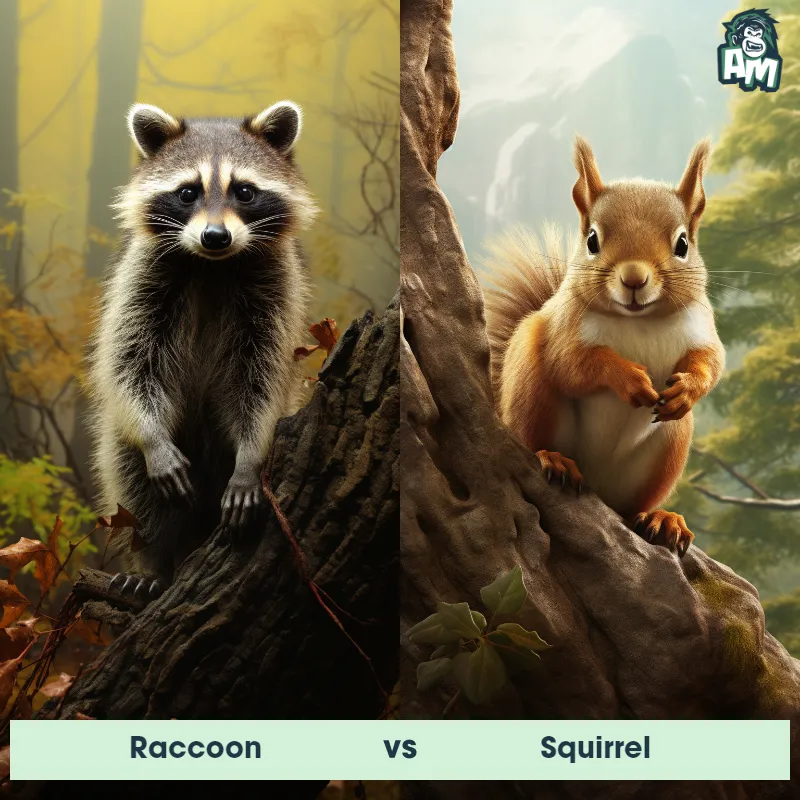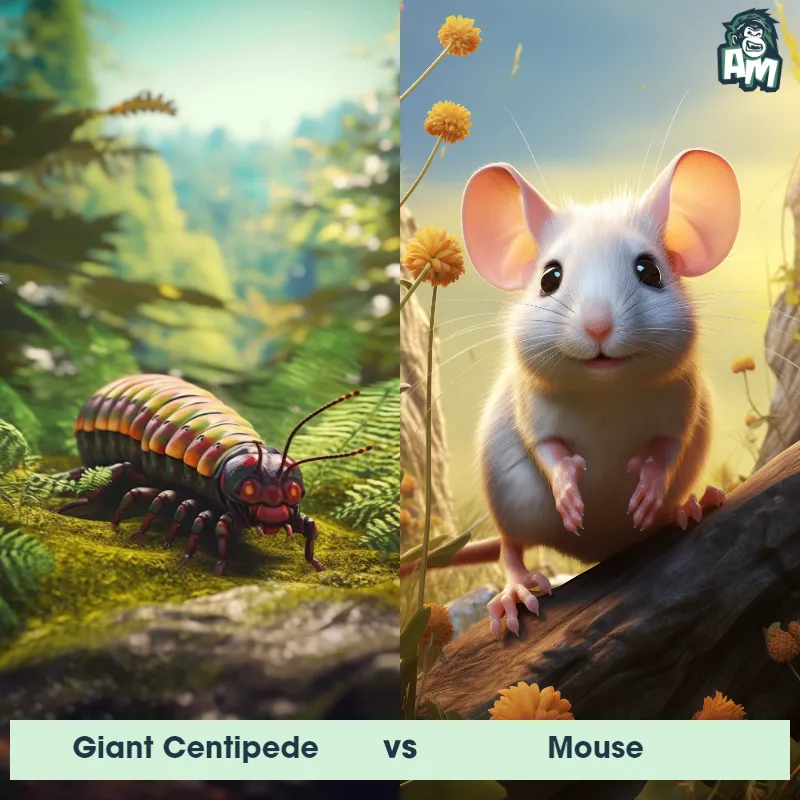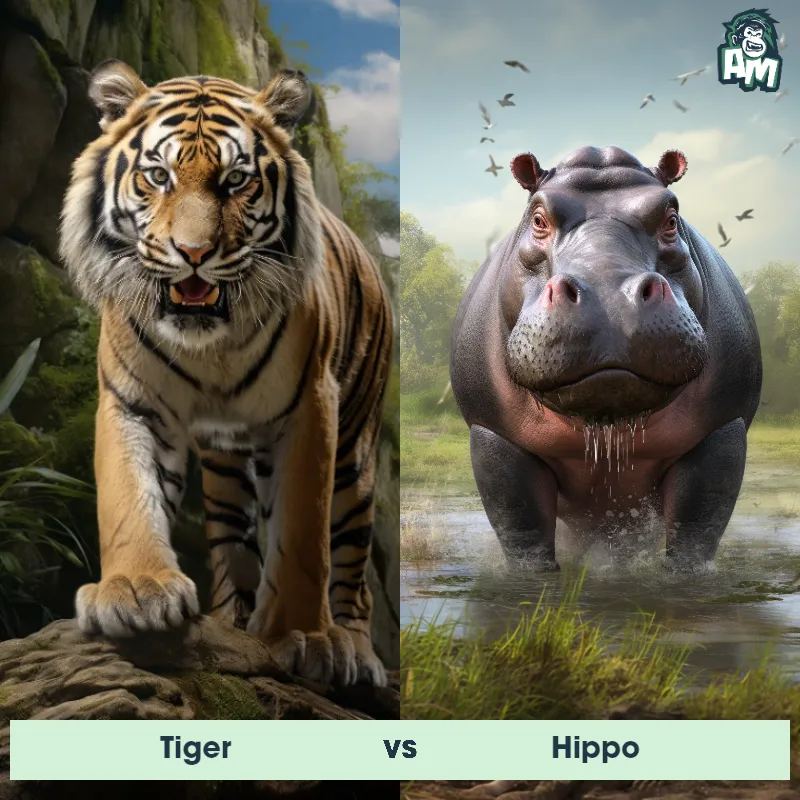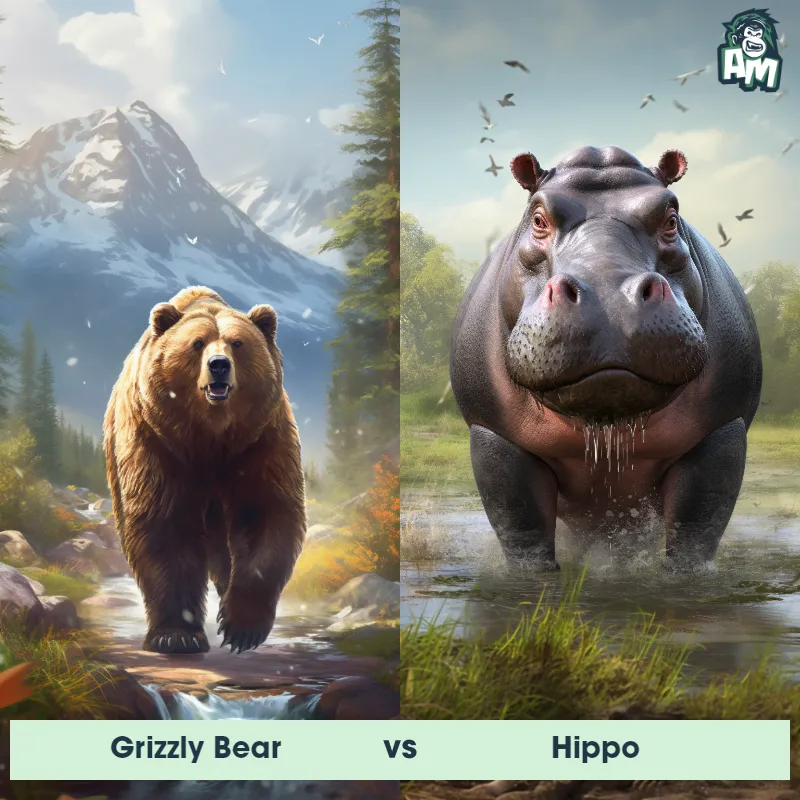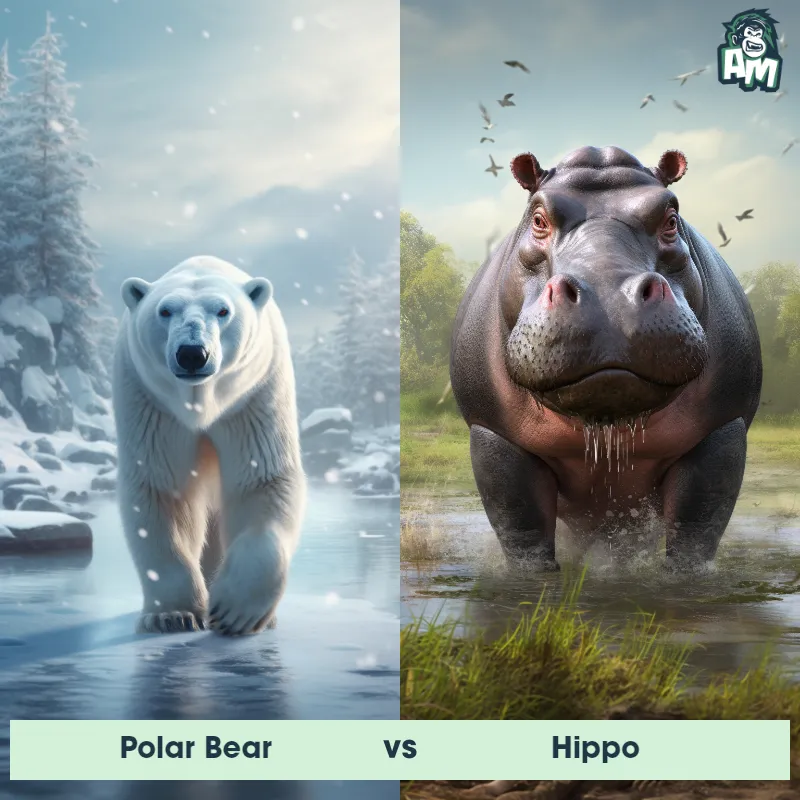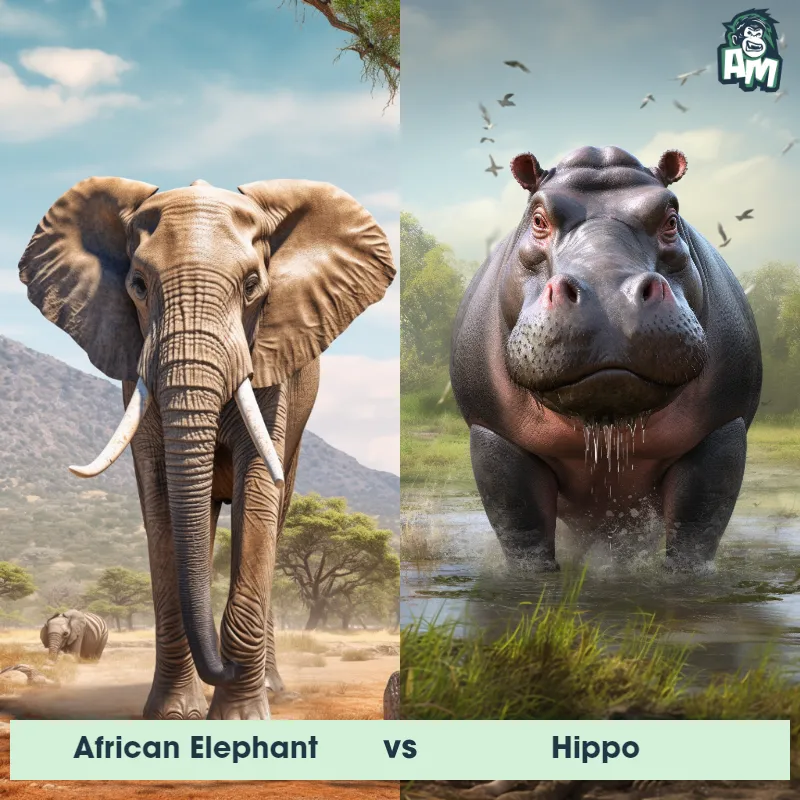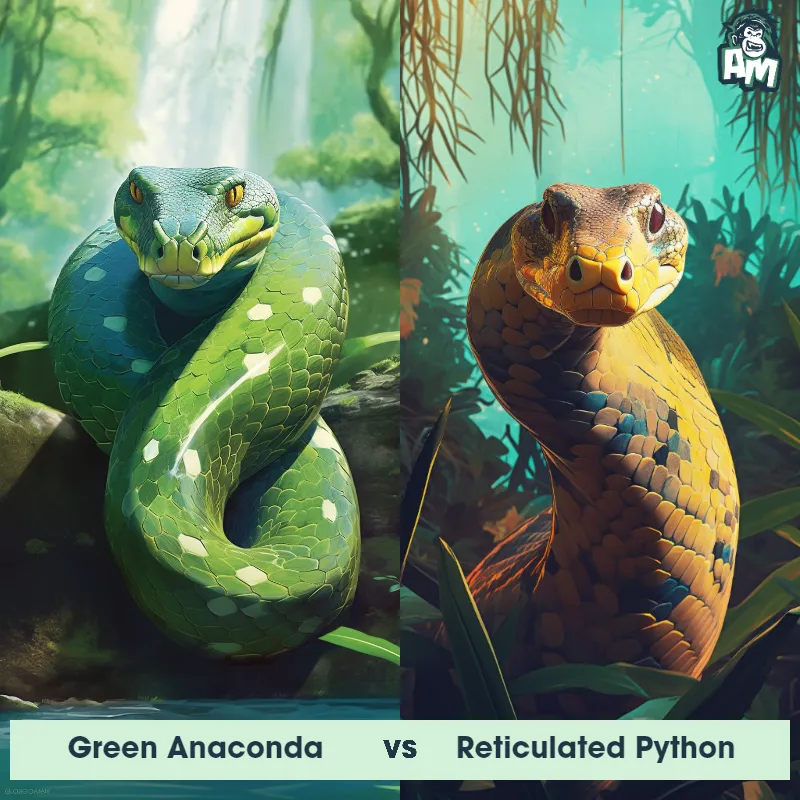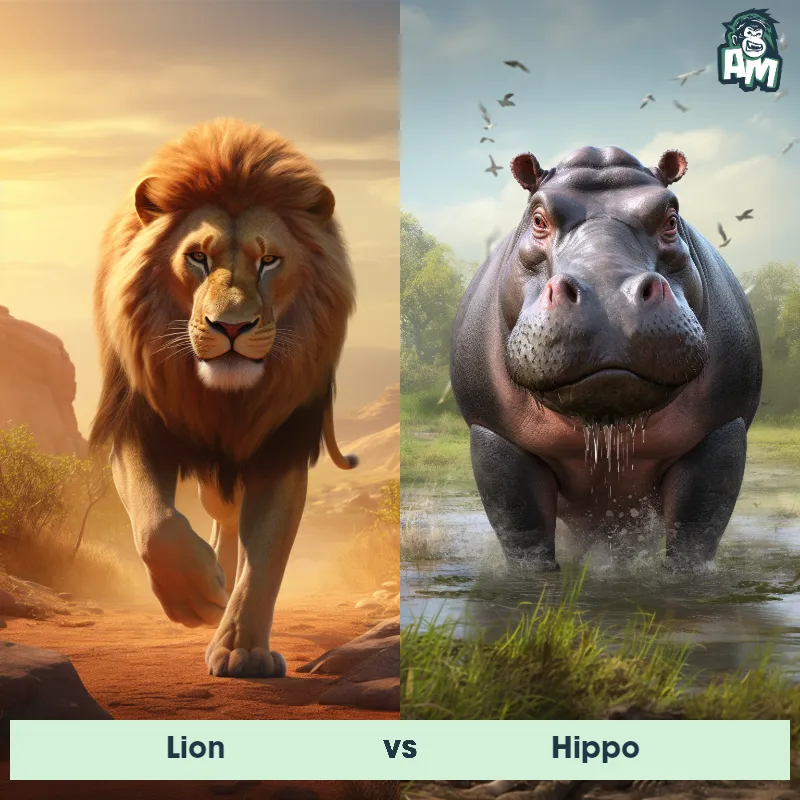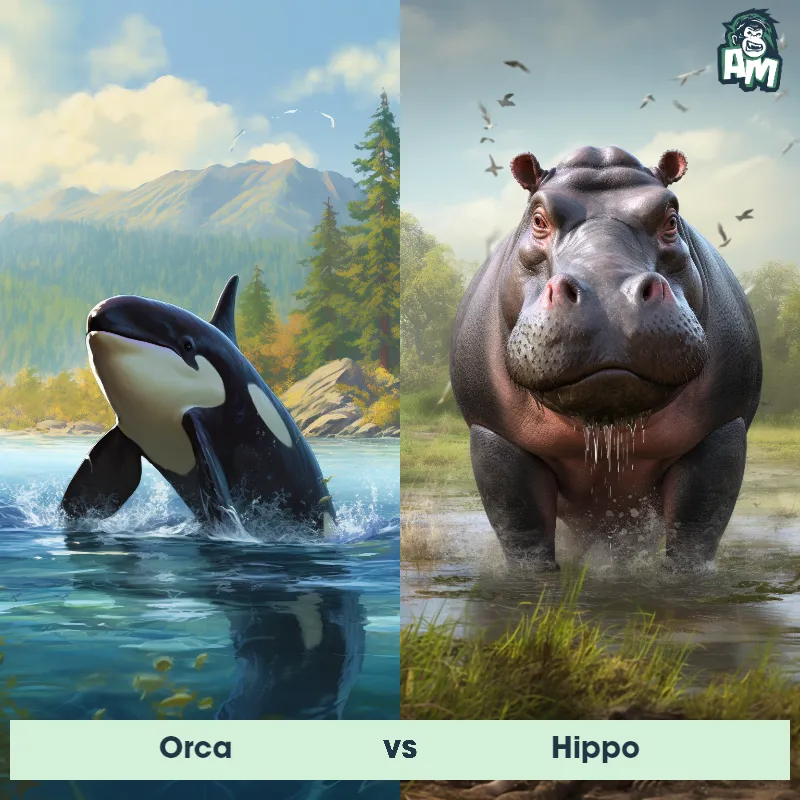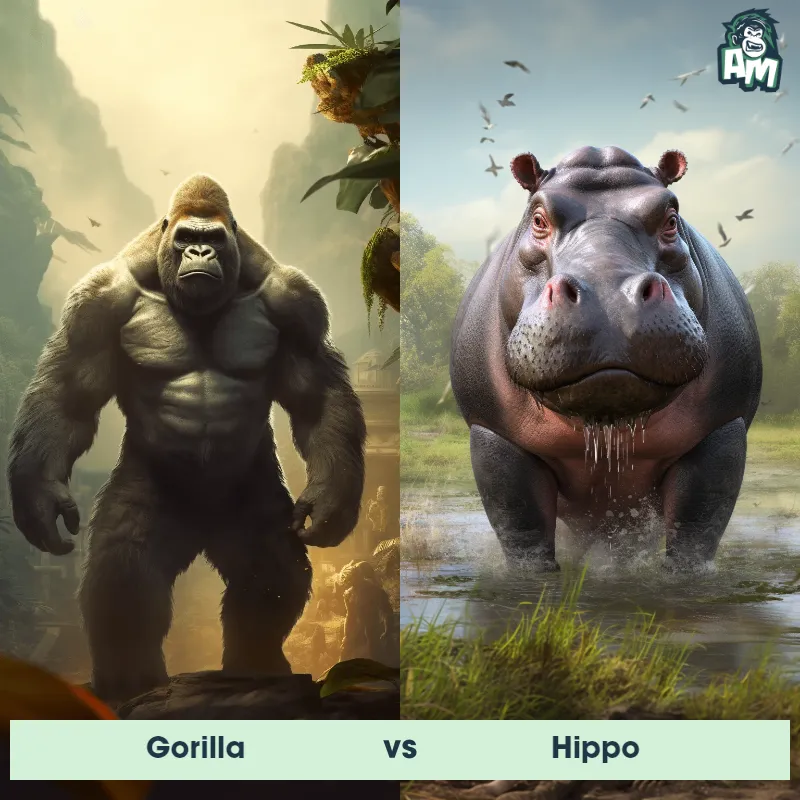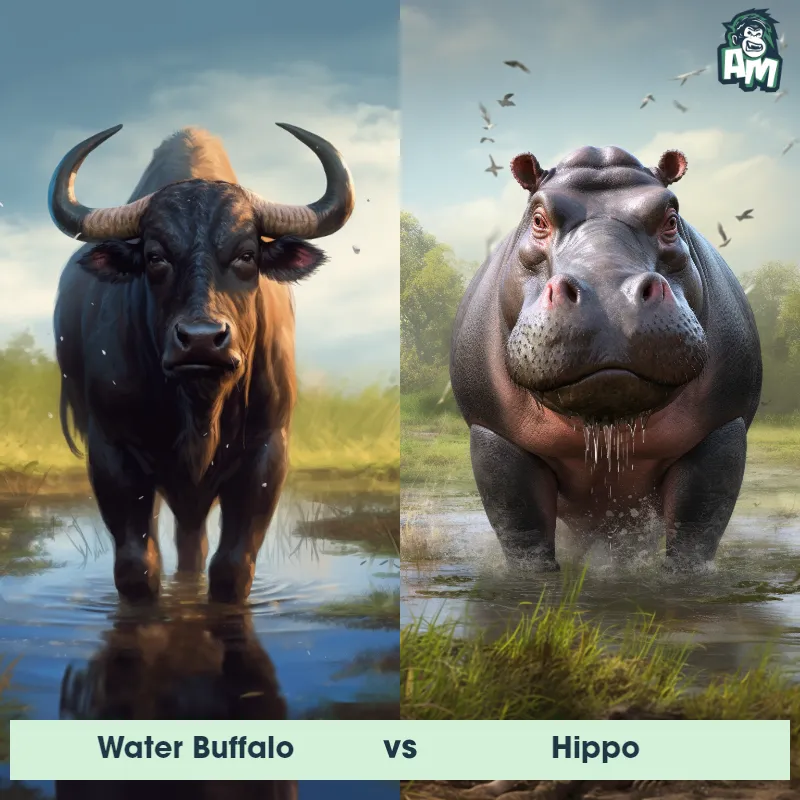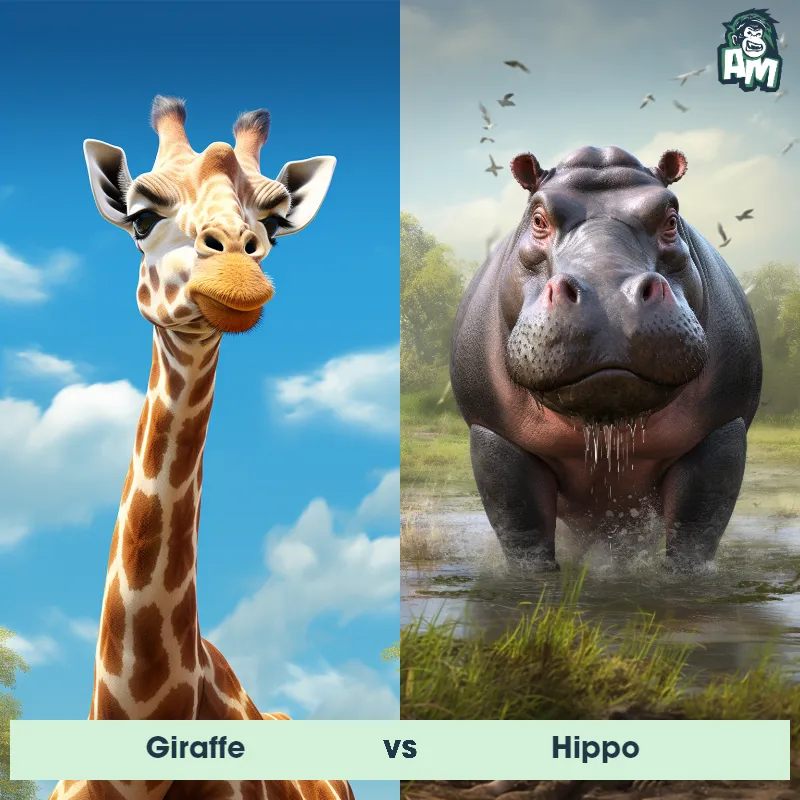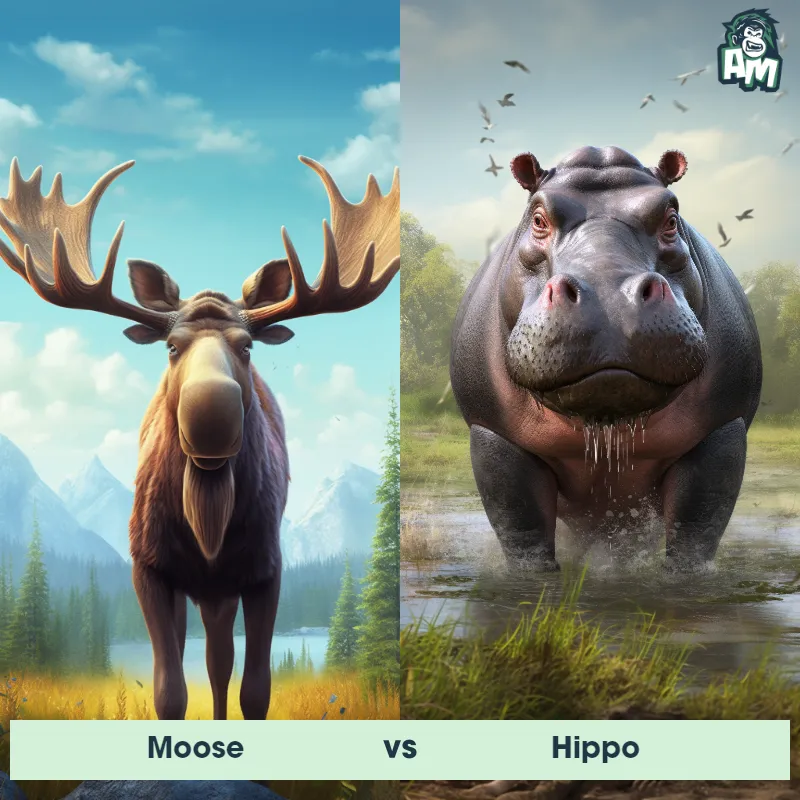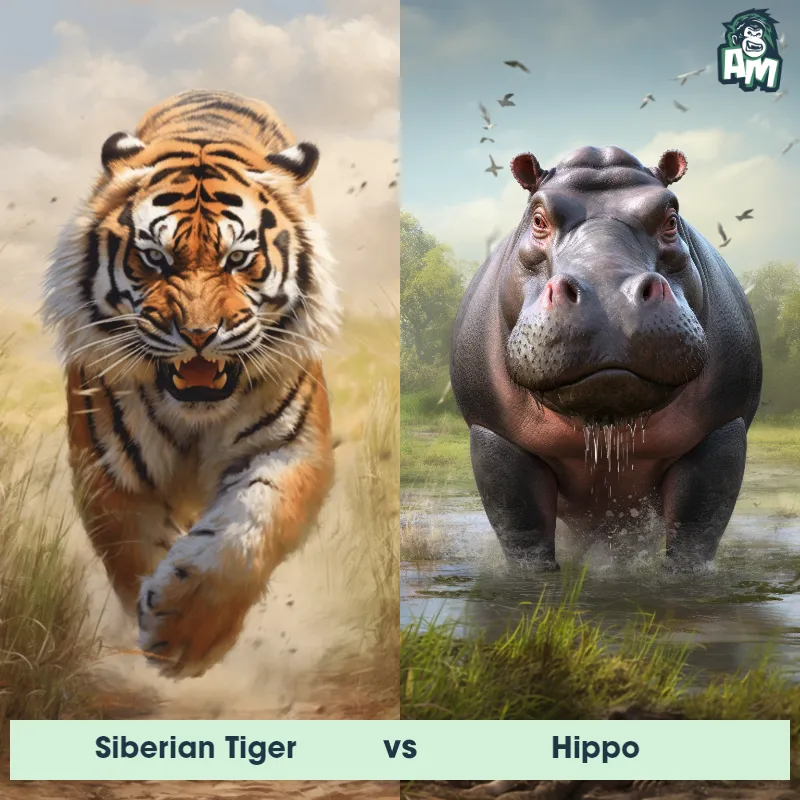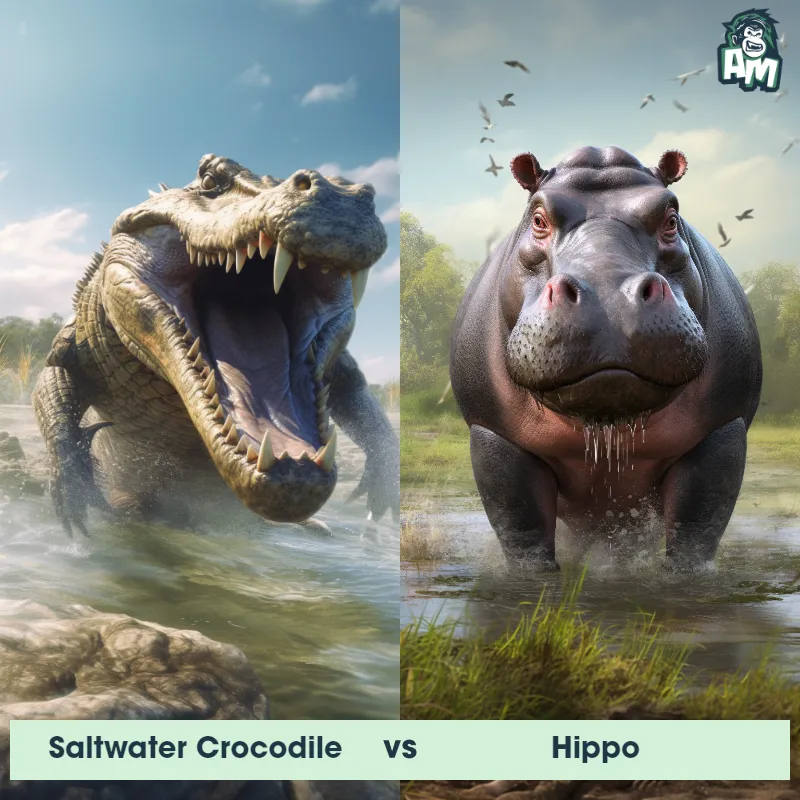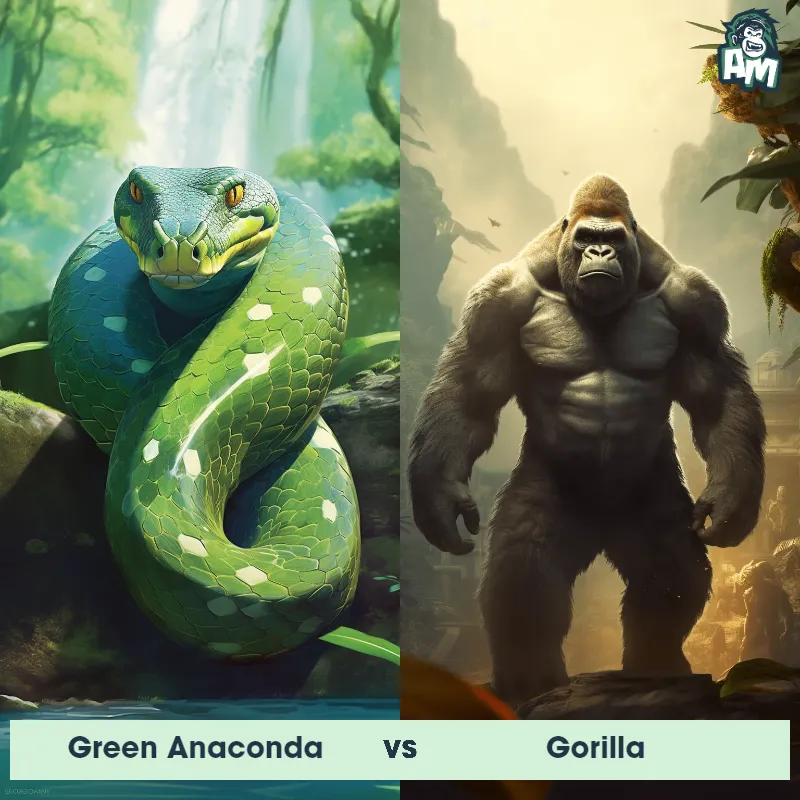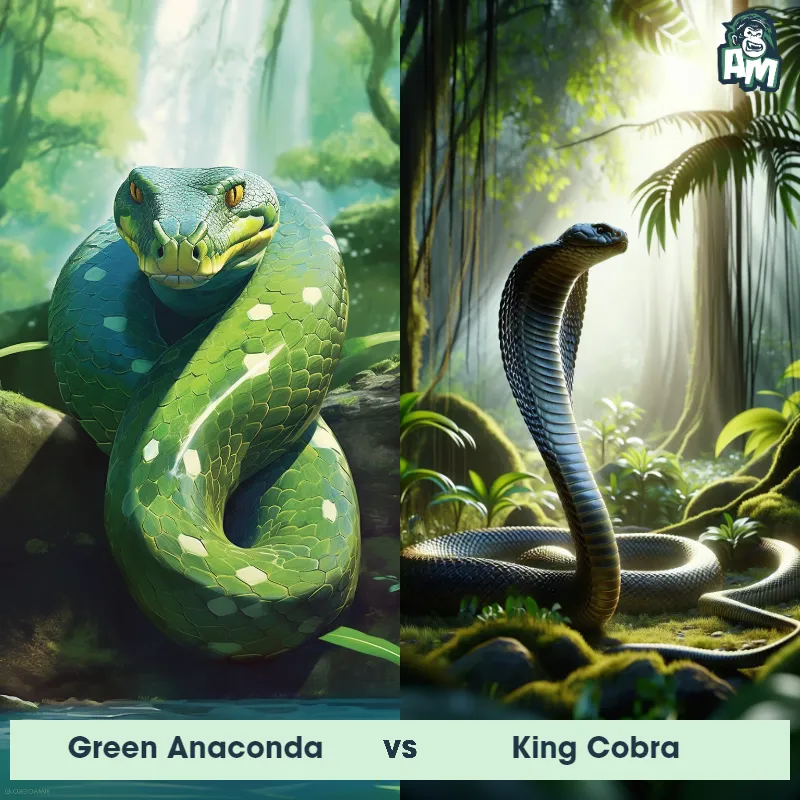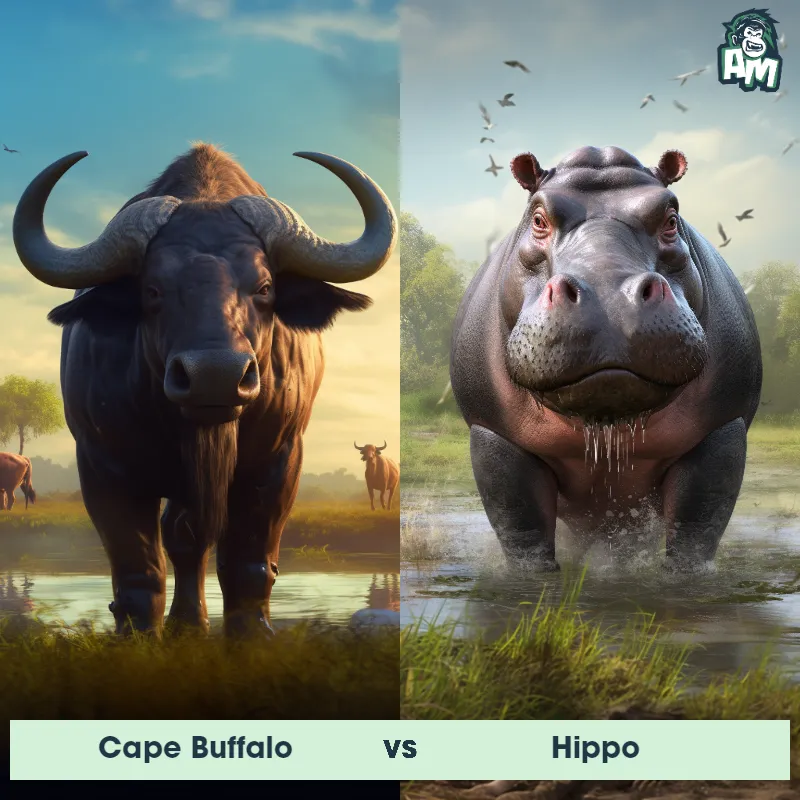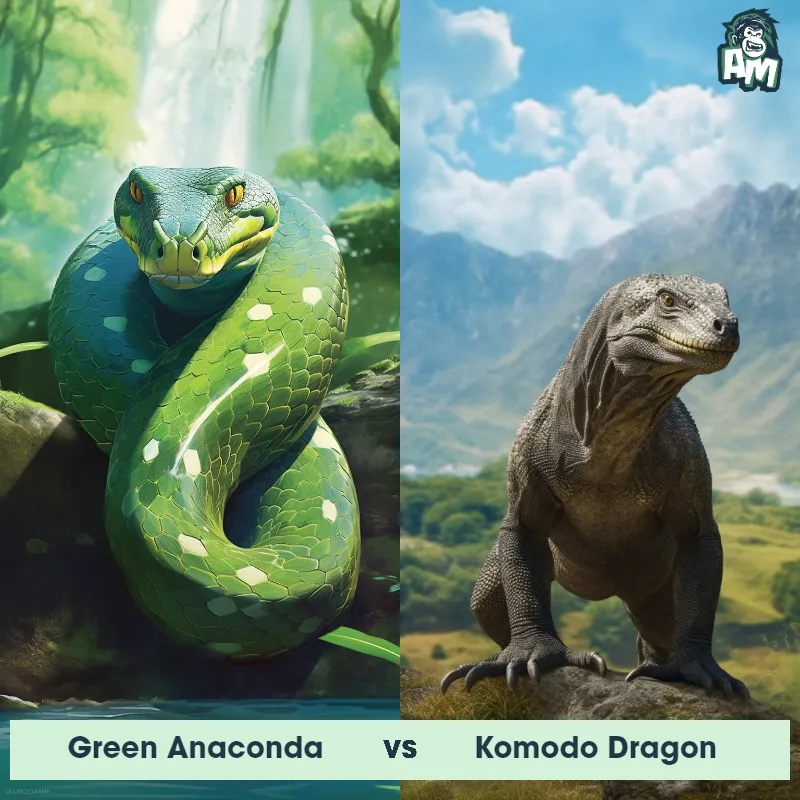Titanoboa vs HippoSee Who Wins

In one corner, we have the prehistoric juggernaut, the massive serpent - Titanoboa! Facing off against it is the modern heavyweight powerhouse, the formidable Hippo! The anticipation is palpable as these two titans prepare to clash!
Contender 1: Titanoboa
Titanoboa, also known as the "Titanic Boa," was a massive prehistoric snake that lived around 60 to 58 million years ago. It is considered one of the largest snakes to have ever existed, reaching lengths of up to 42 feet and weighing as much as 2,500 pounds. Titanoboa had a thick, muscular body and was capable of swallowing prey whole, including crocodiles and large mammals.
Fun Fact: Titanoboa likely lived in warm, swampy environments and was adapted to the high temperatures of the Paleocene era.
Contender 2: Hippo
The hippopotamus, often simply referred to as the hippo, is a large, mostly herbivorous mammal native to sub-Saharan Africa. With a barrel-shaped body, short legs, and a massive head with a broad, round snout, the hippo is the third-largest land animal after the elephant and rhinoceros. Hippos spend most of their day in the water or mud to keep their skin moist and protect it from the sun. Despite their bulk, hippos are excellent swimmers and can run surprisingly fast on land.
Fun Fact: Hippos secrete a natural sunscreen in the form of an oily red substance, which earned them the nickname "blood sweat," although it is neither blood nor sweat.
Matchup Stats
| Titanoboa | Hippo | |
|---|---|---|
| Size | Up to 42 feet (12.8 meters) | 5 feet tall at shoulder, 13 feet long (1.5 meters tall at shoulder, 4 meters long) |
| Weight | Up to 2,500 pounds (1,134 kilograms) | 3,000 to 4,000 pounds (1,400 to 1,800 kilograms) |
| Speed | 17 mph (27 km/h) | 19mph (30km/h) |
| Key Strength | Crushing constricting power | Powerful jaws with large teeth |
| Biggest Weakness | Vulnerable to attacks from multiple directions | Poor eyesight |
Current Votes
Titanoboa vs Hippo
See Who Wins
View More Matches
Looking For More?
Similar Matches
Scientific Stats
| Titanoboa | Hippo | |
|---|---|---|
| Scientific Name | Titanoboa | Hippopotamus amphibius |
| Family | Boidae | Hippopotamidae |
| Habitat | Warm, swampy environments | Rivers, lakes and swamps |
| Geography | South America | Sub-Saharan Africa |
| Diet | Crocodiles, large mammals | Herbivorous, primarily grasses |
| Lifespan | 18 years - 25 years | 40 years - 50 years |
Key Differences between Titanoboa and Hippo
- Size: Titanoboa measured up to 42 feet long, while a Hippo typically reaches about 10 to 17 feet in length.
- Color: Titanoboa was believed to have varied shades of brown and possibly green, while Hippos have grayish or brownish skin.
- Limbs: Titanoboa was limbless, moving in a slithering motion, while Hippos have four short, stubby legs for movement.
- Body Shape: Titanoboa was elongated and cylindrical, while Hippos have a stocky, barrel-shaped body.
- Skin Texture: Titanoboa had smooth scales covering its body, whereas a Hippo has thick, almost hairless skin with a rougher texture.
- Head: Titanoboa had a narrow, elongated head with a pointed snout, while a Hippo has a large, wide mouth and a broad, flat snout.



